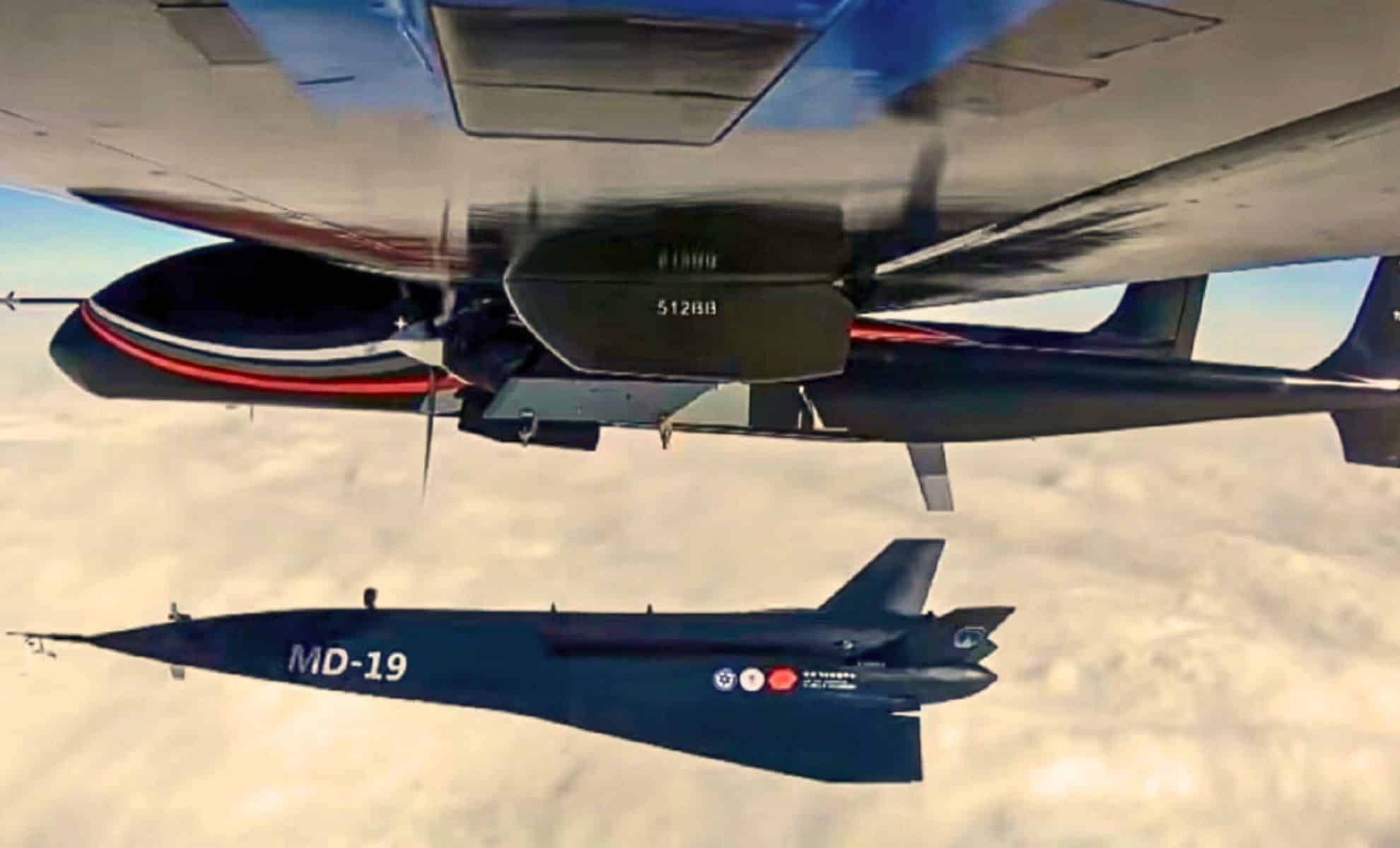Amid intensifying global competition in aerospace and defense, new research out of China highlights a significant development in long-range weapons technology. This advancement could drastically alter the speed and unpredictability of strategic strikes, challenging current norms in military deterrence and defense systems.
According to a recent study published in SCMP, researchers affiliated with the People’s Liberation Army Rocket Force (PLARF) describe a theoretical framework for launching hypersonic glide vehicles (HGVs) from orbit. These systems, capable of speeds up to Mach 20, could reach targets anywhere on Earth in under 30 minutes, significantly compressing adversaries’ early-warning and reaction capabilities.
Launching From Space-based Platforms
The study outlines the possibility of deploying HGVs not just from ground-based launchers but from space-based platforms, such as satellites or orbital stations. At hypersonic speeds approaching 21,000 km/h, these gliders would re-enter the Earth’s atmosphere and maneuver toward their targets using lift-based flight profiles. This strategy could make their trajectories harder to predict compared to traditional ballistic missiles.
Researchers state that this type of system “compresses the adversary’s early-warning system response time and operational scope, thereby enhancing the probability of successful penetration.” Such a capability would significantly reduce the window for any defensive countermeasures. The concept also aligns with earlier claims by U.S. intelligence agencies, which alleged that China tested orbital hypersonic delivery systems as early as 2021—a claim initially met with skepticism by some experts.


Technical Challenges Remain
Despite its potential, the system faces multiple limitations. The most critical issue identified is the infrared signature of the vehicles during flight. At hypersonic speeds, the heat generated by atmospheric friction makes them more detectable by infrared-based tracking systems, both in space and from the ground.
Another drawback is the vehicles’ limited maneuverability. The study notes that the gliders can endure only 3 to 5 G of gravitational force during evasive maneuvers, restricting their ability to change direction sharply. Communication is also a challenge. The available bandwidth during the final approach phase is limited, hindering real-time adjustments and target refinement as the vehicle closes in on its destination.


Comparison with Western hypersonic programs
While China explores orbital deployment, the United States and the United Kingdom are investing in air-breathing hypersonic propulsion systems. As part of the Team Hypersonics program led by the UK Ministry of Defence, researchers recently completed 233 successful engine tests of a next-generation scramjet. These tests covered the full range of supersonic to hypersonic speeds, aiming to field a new class of hypersonic cruise missiles by 2030.
These Western programs differ from China’s approach in that they focus on terrestrial-launched systems with high propulsion flexibility and extended range, rather than space-based deployment. Their design philosophy emphasizes sustained speed and maneuverability over orbital unpredictability.
Implications for Global Security
In an interview from November, U.S. Secretary of Defence Pete Hegseth highlighted the potential danger posed by these technologies. He noted that Chinese hypersonic missiles “can take out 10 aircraft carriers in the first 20 minutes of the conflict,” emphasizing the disruptive nature of such weapons in future military planning.
Images of Chinese military parades, such as those commemorating the 70th anniversary of the founding of the People’s Republic of China, have showcased systems like the DF-17, believed to be equipped with HGVs. These visual confirmations support broader claims about China’s investment in rapid-response, high-speed strike systems designed to outpace conventional defenses.




